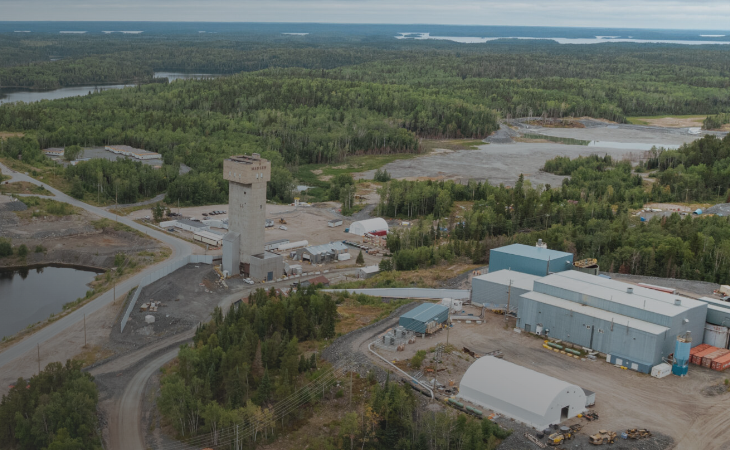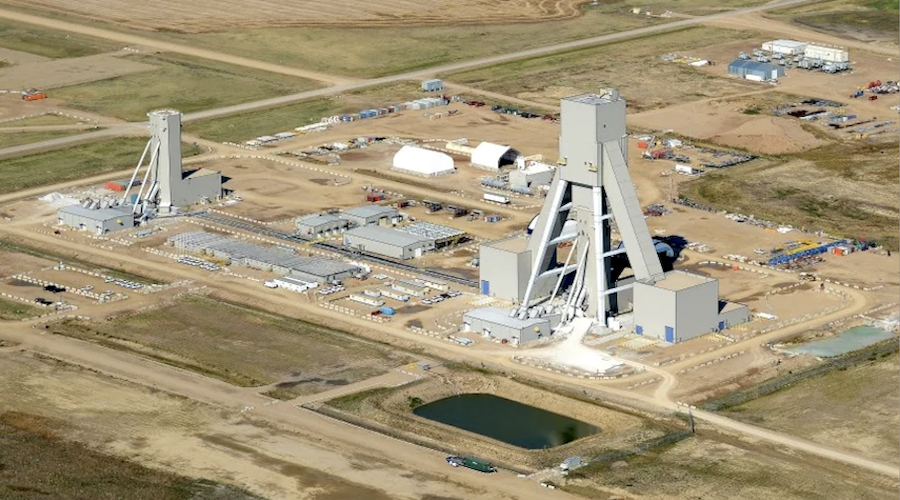The Grassy Narrows decision from the Supreme Court of Canada on July 11 places a heavy legal burden on provincial governments when they seek to exploit Indigenous lands covered by the historical treaties of Canada. The challenge now is for First Nations to hold the provinces to account.
Between 1871 and 1923, Canada negotiated 11 numbered treaties with First Nations across the country, including the Anishinaabe of Treaty 3 in northwestern Ontario and eastern Manitoba. With slight variations, each treaty allowed for the “taking up” of lands for non-Indigenous settlement, mining, lumbering and other purposes. The primary issue in Grassy Narrows is what limits exist on Ontario’s ability to exercise the taking up clause in Treaty 3.
After one of the longest and most thorough treaty interpretation trials in Canadian history, Justice Sanderson of the Ontario Superior Court of Justice confirmed the Anishinaabe understanding that Treaty 3 was made with Canada, not Ontario. This, coupled with Canada’s exclusive responsibility for “Indians, and lands reserved for the Indians” under the Constitution, meant that only Canada can issue forestry authorizations that significantly affect the exercise of treaty rights.
Read the complete article at NorthernMiner.com/news/commentary-grassy-narrows-decision





Comments